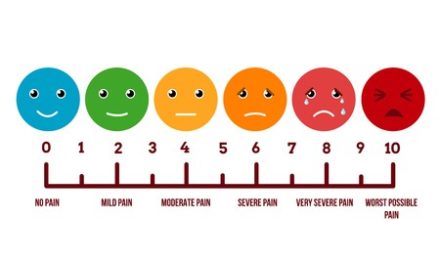The Key to Successful Presentations
Presentations are essential to almost every industry, both for internal and external purposes.
Of course, there is no one-size-fits-all approach to creating a powerful presentation. Whilst all presentations seek to convey information to an audience, they can take on many different purposes. Such examples may include: a speech, a product presentation, a training course or a lecture, to name just a few. Presentations can also happen both virtually and in person. Essentially, every instance is different, and therefore every presenter must consider their approach carefully based on their unique aims and environments.
Presenting to a group of people can be intimidating, no matter its purpose or aims. The last thing a presenter wants is for people to walk away from their presentation without following, understanding or remembering anything they had to say.
The following four elements represent the key foundations for creating and delivering a successful presentation.
1. Content. Arguably, the most important element of your presentation is the content.
What information are you trying to get across to your audience? Curate your content carefully and figure out exactly what information is relevant and any other information required to support it. Remember to keep the needs of the audience/participants in mind at all times.
Too much information will overload participants and they will likely get bored. Be concise and ensure it is straight-forward enough for them to follow at all times, they can use Q&A opportunities to follow up with any questions they may have.
Engaging facts and figures can be used to support your message and offer it credibility.
2. Structure. Having a strong narrative structure is vital to successfully portray information to your audience. You can’t expect to throw your information at the audience and expect them to digest it all, whether it is concise or not.
The best way to approach structure is to consider your audience. How can you speak to their experiences and needs? Start with introducing the problem or message, and immediately seek to relate it to them.
There are many resources that can help you choose a structure for your presentation – it does not need to be complex, but it must make the premise of the presentation clear, and audiences must understand why and how it is relevant to them, as well as knowing what is expected of them, or what they can do.
Try to structure a beginning, a middle and an end. Why are we here, followed by the bulk of the information, and closed with a clear and concise summary that looks towards the future beyond the presentation. Using a call to action can be beneficial here!
3. Design. It can be easy to get carried away when considering the visuals of a presentation. You want it to look appealing, but it’s important to note that less is often more when delivering information to an audience.
You should view your presentation slides or posters as visual aids to you as the presenter. You are delivering the information, and any supporting materials are just that, supporting.
Focus on your key message and aims and eliminate any visuals that don’t support them. Heavy colour schemes or overloading your audience with images and graphs can be counterproductive. You want them to be focused on your voice when you are presenting, but offering them a visual that portrays just the key information and data while they listen is beneficial.
4. Delivery. Finally, delivery. This word could be used to encompass the other three aspects discussed above. They all work together to impact how you deliver your presentation.
It is also important to note how vital your own personal delivery is. You should be well-rehearsed and exceptionally familiar with the subject matter and your audience, but you shouldn’t sound forced. In most presentation situations, you must come across as natural and comfortable, and able to ad-lib and improvise at times based on audience response. Some of this comes with familiarity with the subject, the rest comes from experience and practice in presenting.
We can also use delivery to highlight the importance of delivering the presentation successfully in the technical sense. The tools you use, and how reliable they are, can make all the difference when it comes to presenting.
What are your aims? Where are you presenting (online, external boardroom etc.)? Will your presentation need to be repurposed and used again by yourself or someone else?
Consider tools such as PowerPoint, Keynote, printouts, videos and so forth, and make sure they are ready and reliable when you need them.
………………..
The above discussion represents the fundamental aspects of presenting. However, when it comes to creating presentations and presentation slides, there is an abundance of potential elements and approaches that you can use.
Perhaps your approach needs to be persuasive or decision-making rather than informative. Maybe it is useful to use graphs or utilise storytelling. You may wish to employ a high level of audience engagement.
Ultimately, every presentation is different, and understanding the four fundamentals discussed above is key. If you have a clear approach to content, structure, design and delivery, you will be better equipped to select the correct elements required to make your presentation a success.
Of course, your own presentation skills can be developed through communication training too.
Trainer Bubble offers a variety of training resources in a variety of formats. This includes our Presentation Skills E-Learning course which is useful for training those in your business to better their presentation skills. Explore our full range here, or contact us to find out how we can help you or your organisation.



Recent Comments